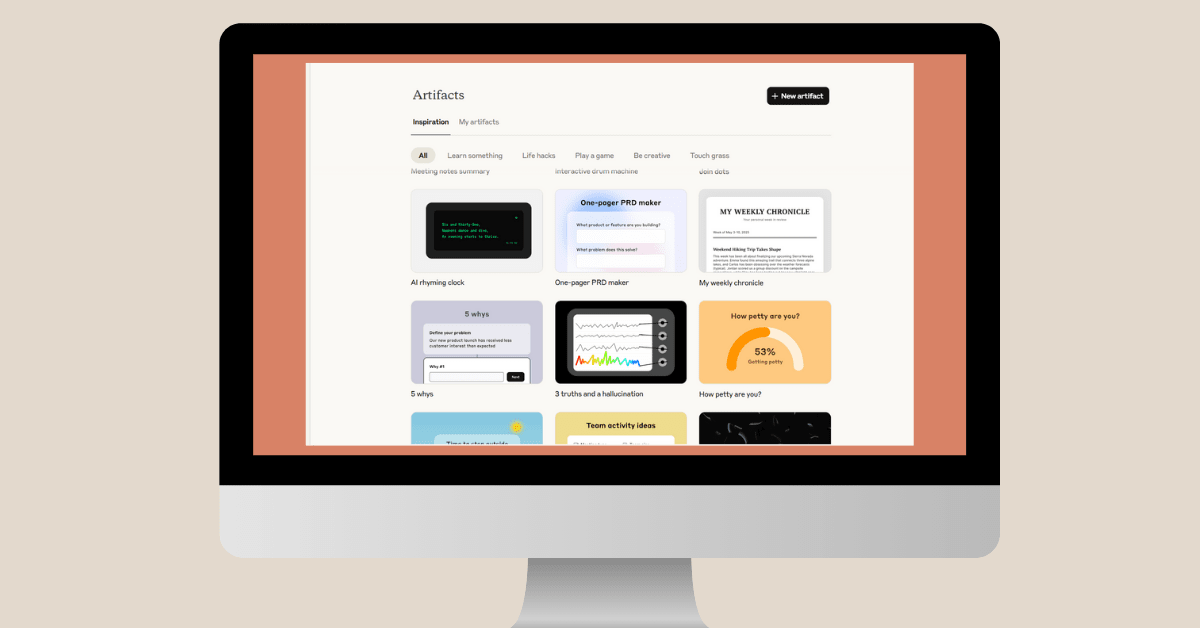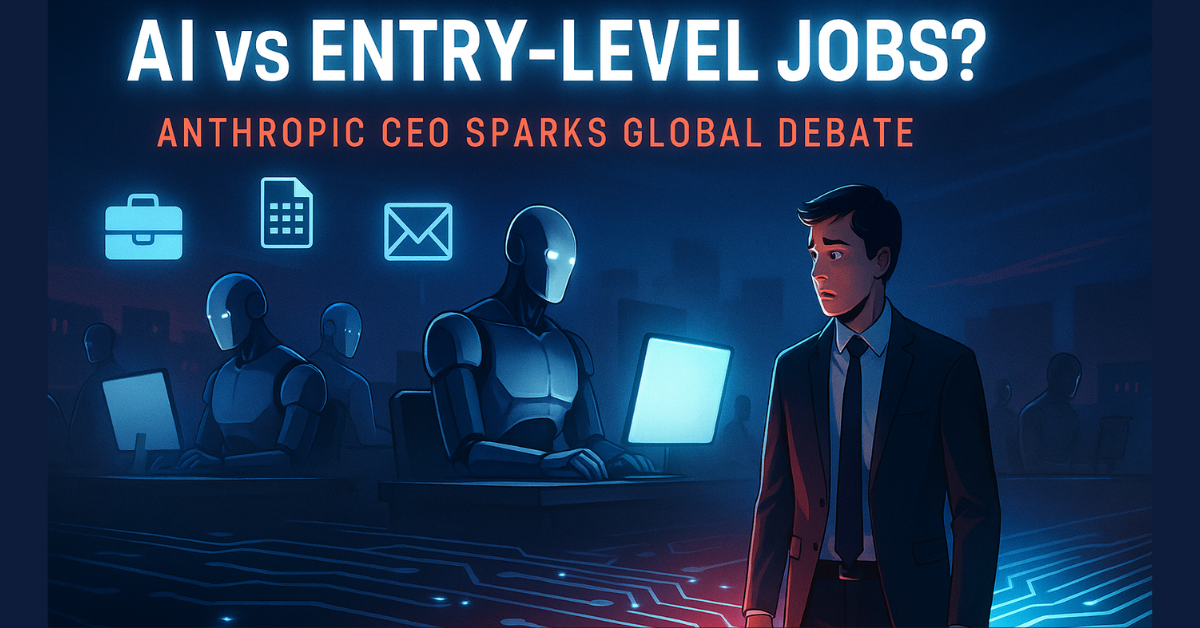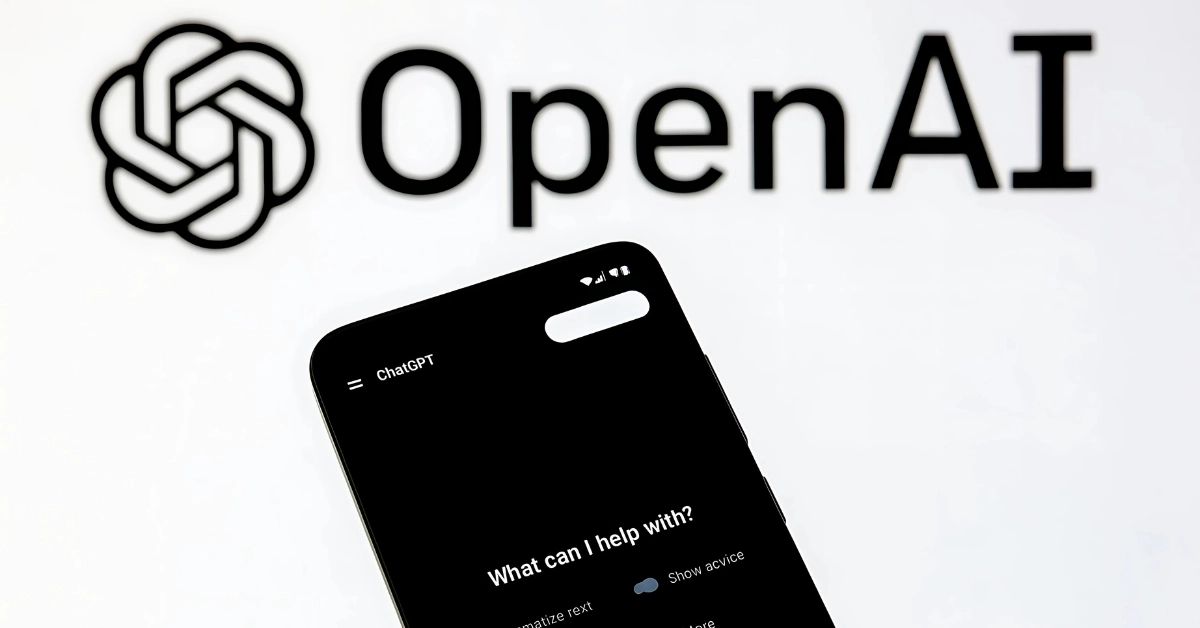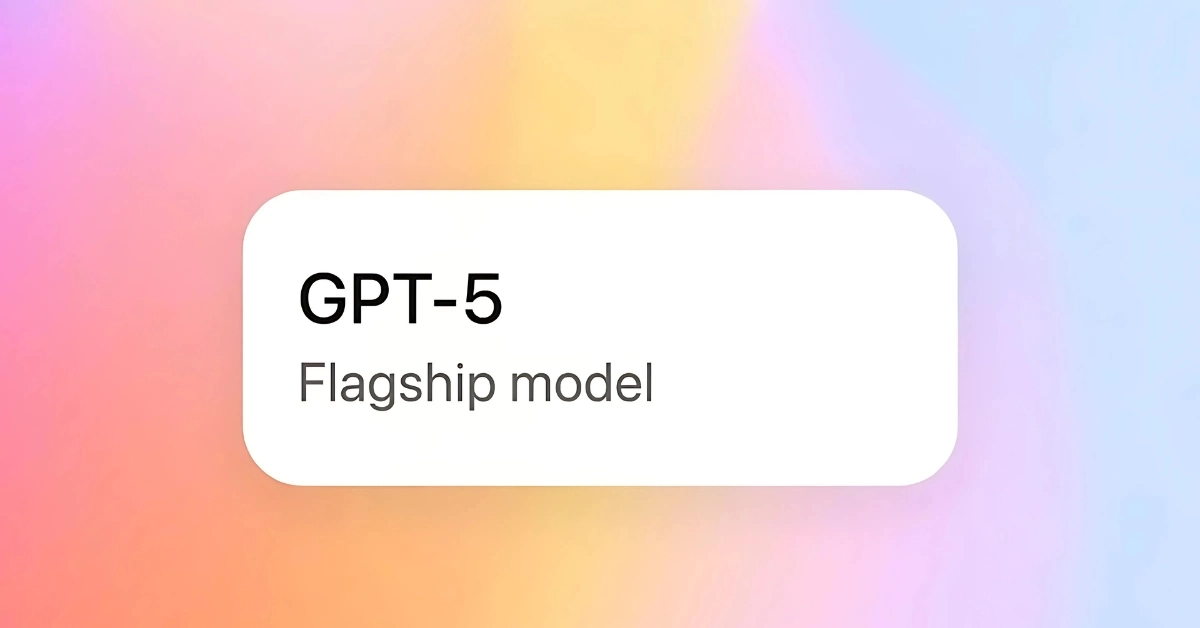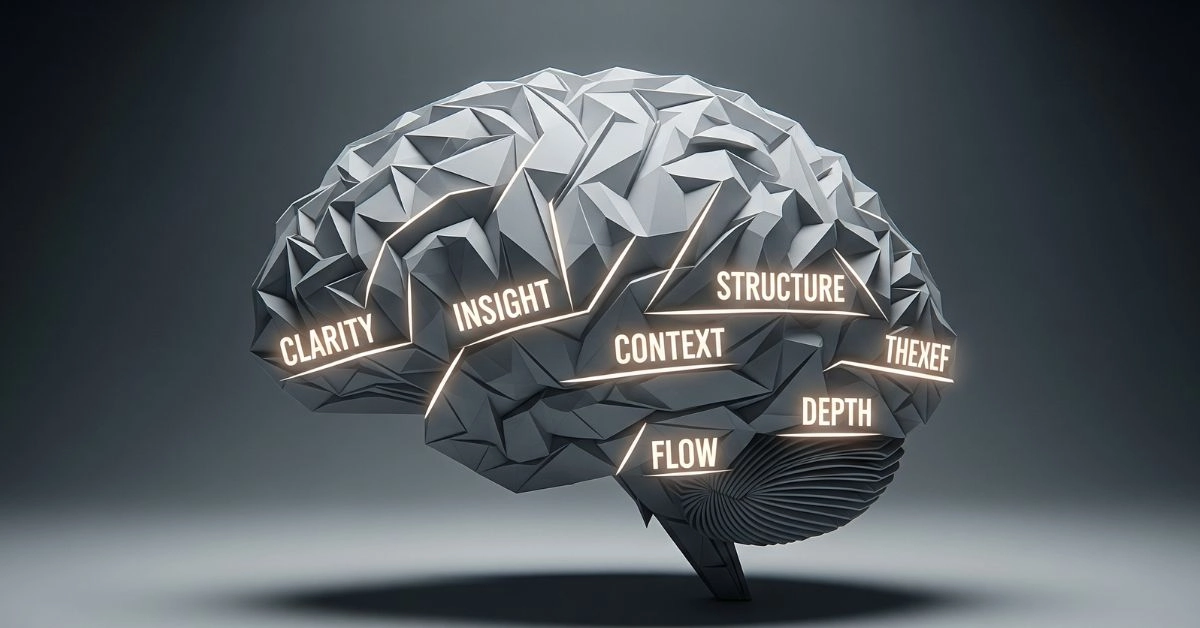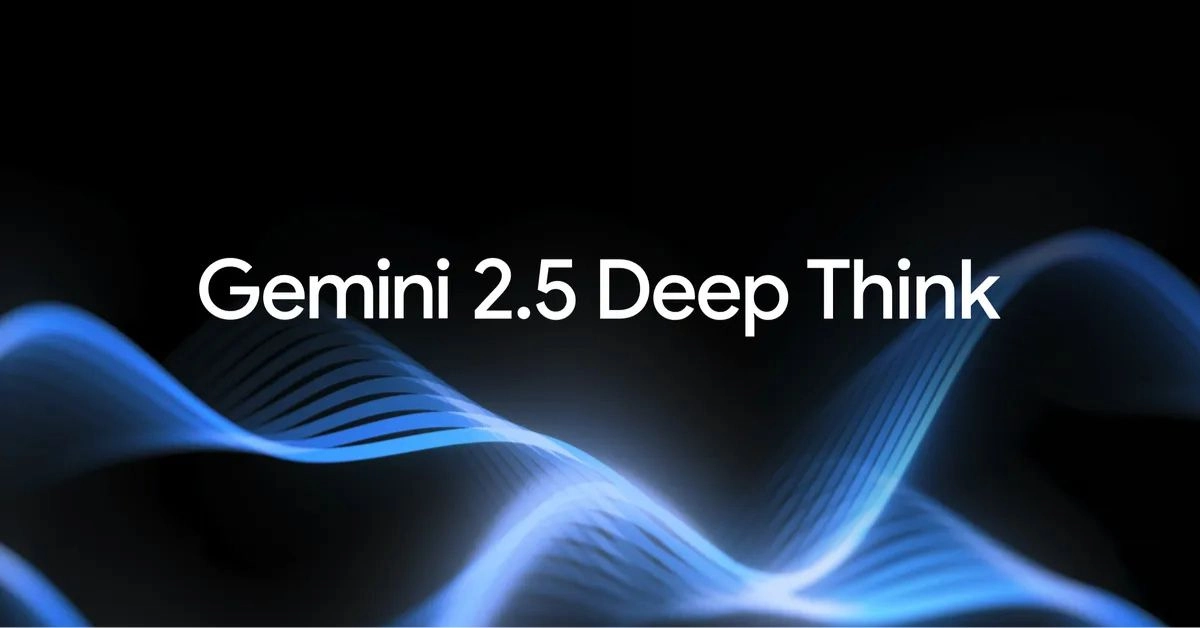Anthropic has introduced a new feature in Claude that lets users build, host and share AI-powered apps just by describing what they need in plain language.
You don’t need coding skills or complicated software anymore to build your own app. With the latest update to Claude, Anthropic is giving everyday users the ability to create AI-powered applications directly inside its chatbot environment. This new feature, called Artifacts, allows users to build and share intelligent tools by describing what they want the app to do, as explained in Anthropic’s official announcement.
This update repositions Claude as more than just a helpful assistant. It is now beginning to function as a user-friendly development platform.
A conversational path to app creation
Artifacts introduces a workspace within Claude’s interface where users can create interactive applications through text-based prompts. There is no need for coding, installing external software or understanding design layouts. Users can simply explain their idea, and Claude will return a working version of the app.
For example, someone might ask Claude to create a flashcard tool for exam prep, or a daily planner that suggests motivational quotes. Claude responds by generating a complete app interface with functioning logic. Users can test it, refine it or share it with others.
Some people are calling it “vibe coding” because you just explain what you want the app to do, and Claude figures out the rest. It removes the pressure of figuring out how to build and makes the process feel completely doable, even for someone who’s never written code before.
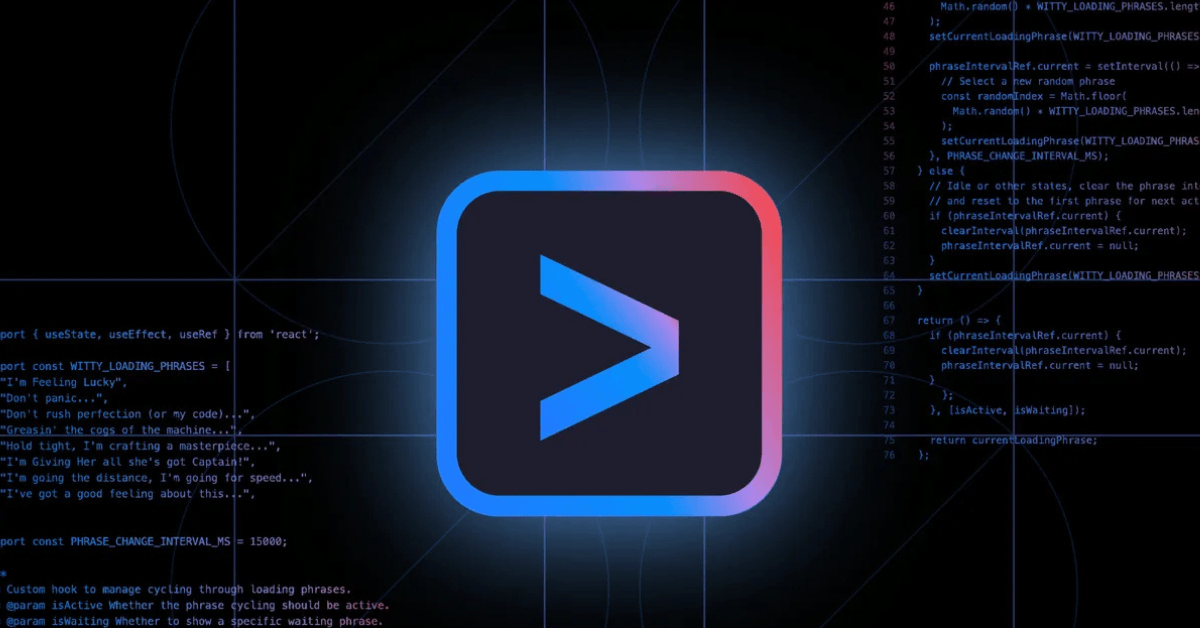
Billing model designed for creators
A key aspect of Claude’s app builder is that the cost of usage is tied to the end user, not the creator. If someone builds a useful tool and shares it, the people using that app are billed based on their own Claude subscription. The original creator does not pay anything extra.
This approach makes it easier for individuals and small teams to build and distribute tools without worrying about hosting costs or managing resources. It encourages broader experimentation and removes a common barrier faced by independent creators.
Several early adopters have noted that this model makes Claude a more accessible environment for sharing and scaling useful apps with no financial overhead.
This new feature, called Artifacts, allows users to build and share intelligent tools by describing what they want the app to do, as explained in Anthropic’s official announcement.
Available to all users, including the free tier
The new app builder is being rolled out to all Claude users, including those on the Free, Pro and Team plans. There is no separate onboarding or technical requirement. If you can chat with Claude, you can begin building apps immediately.
Right now, the apps you build with Claude don’t carry memory across sessions and can’t connect to outside services. For a closer look at these current capabilities and limitations, Anthropic has shared a step-by-step guide to app building with Claude.
But even with those limitations, users are already coming up with creative and practical tools. Some have built book recommenders that adjust to your taste, budgeting helpers for Indian freelancers, and simple planners to organize social media posts. Anthropic says they plan to add more features gradually, but they’re focused on keeping things private, safe, and easy to use as the platform grows.
Claude is no longer just a chatbot
This update represents a strategic shift in how Anthropic is positioning Claude. Rather than competing solely as a chatbot alternative, Claude is evolving into a platform where users can build personalized tools and workflows. This could place it in competition with no-code app platforms as well as other AI models.
By embedding app creation within a familiar chat interface, Claude reduces the barrier to entry for non-technical users. It also introduces network effects. When someone creates a useful tool, others can easily duplicate and adapt it. Over time, this sharing dynamic may result in a growing ecosystem of lightweight AI applications built by everyday users.
The platform structure also means that Claude is no longer just about answering questions or generating content. It is about enabling users to take direct control over how they apply AI in their daily lives.
Final thoughts
Anthropic’s new app builder for Claude opens up a practical and accessible path to AI-driven innovation. Users can now go beyond interacting with AI and start building with it, even without technical knowledge.
Whether someone needs a quick productivity tool, a classroom assistant or a creative generator, Claude can produce it based on a simple prompt. For many users, that kind of flexibility was previously out of reach.
While the feature is still developing and has limitations, its core value is already clear. Claude is moving from assistant to builder. It is becoming a platform that helps people not only use AI, but create with it.
As Claude evolves, it could become one of the most accessible ways to turn ideas into working AI tools — with nothing more than a conversation.

